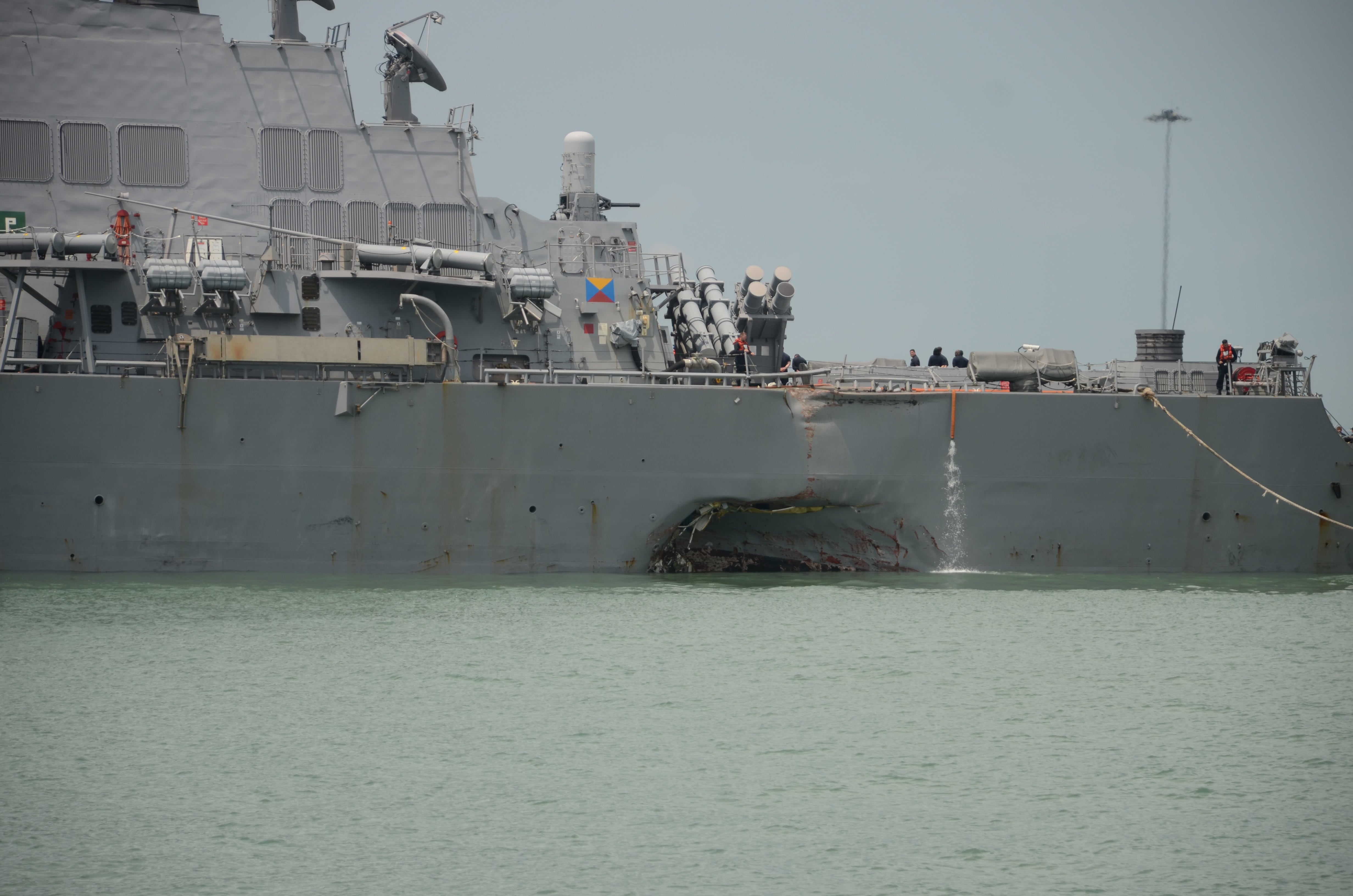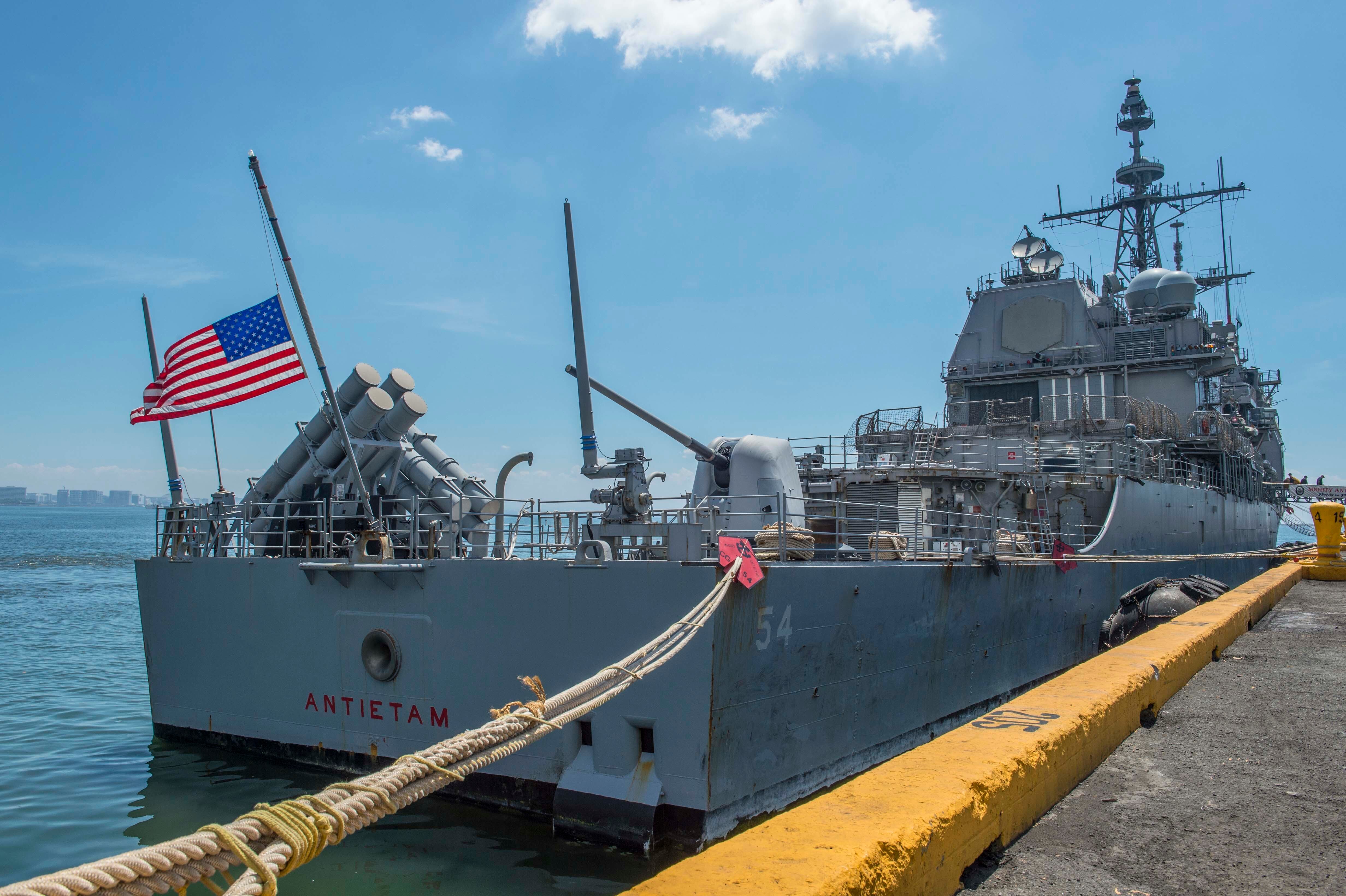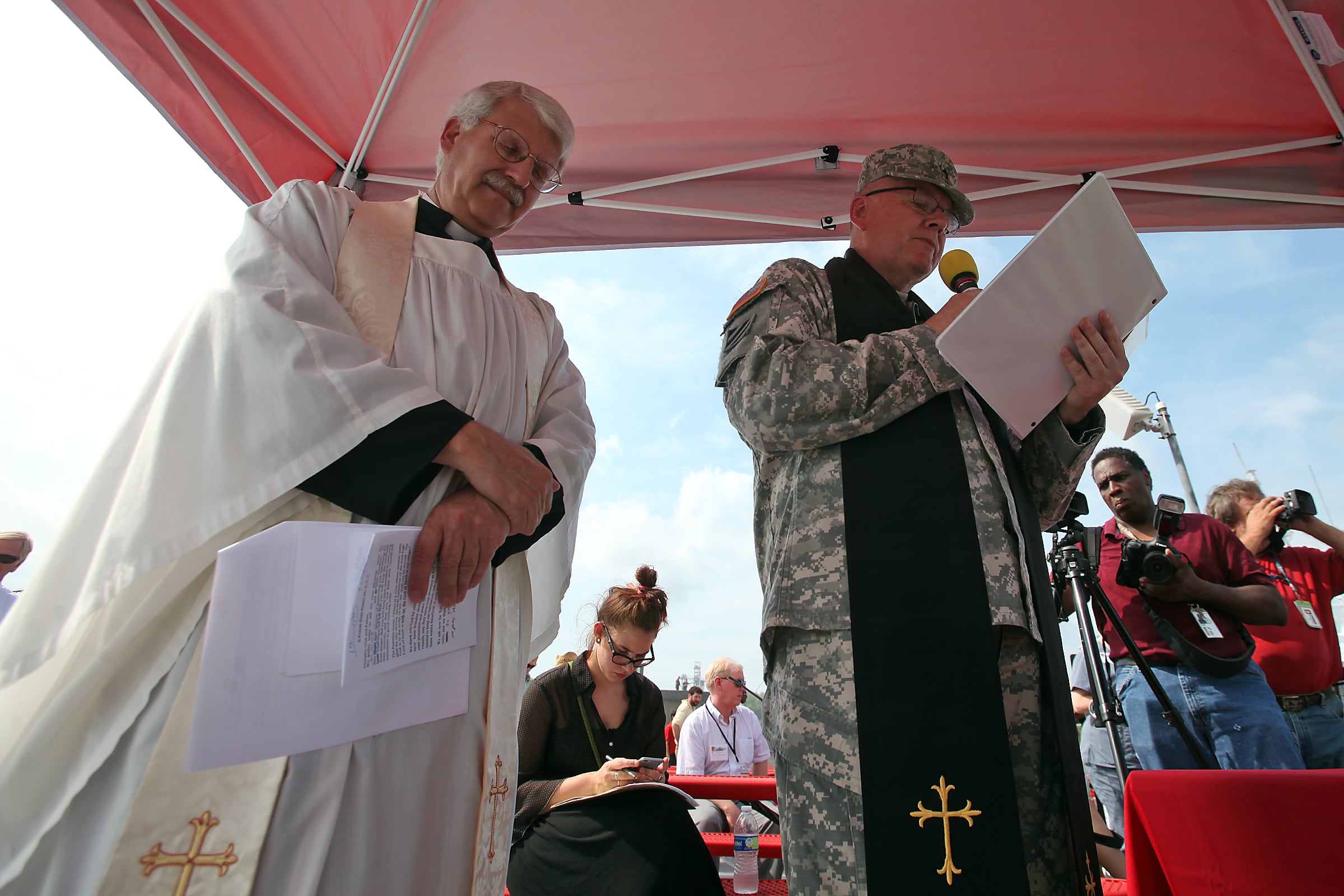Navy ships that provide at-sea resupply of fuel, ammo and other surface combatant essentials have seen a surge of readiness issues in the past five years, according to a new report from the Government Accountability Office.
The report comes the same week that the Navy has undertaken a fleet-wide review addressing training, readiness and other issues in light of two fatal at-sea collisions involving the destroyers McCain and Fitzgerald in the past two months.
Equipment casualties that limit the missions of the 29 ships of the resupply fleet have surged 77 percent in the past five years, from 69 in 2012 to 122 in 2016, according to the GAO.
That trend has been most pronounced in the at-sea refueling ships, or oilers.
Mission-limiting casualties among those ships have increased 250 percent in the past three years, mostly due to aging engine and diesel generator failures, the report states.
RELATED

The fast combat support ship and fleet replenishment oiler classes have also seen declines in the amount of time the ships can be underway executing missions.
Fast combat support ships have seen operational availability drop from 289 days to 267 days since 2012, while oiler availability has dropped 16 percent, from 253 days to 212 over the same period, the report states.
“These declines were due primarily to increases in unscheduled maintenance,” according to the report.
The report also warns that the Navy’s surge sealift fleet, reserve ships that would be used to quickly transfer large amounts of gear and supplies in the event of a large war, are also showing signs of readiness decline.
Both combat logistics and surge sealift are overseen by the Military Sealift Command.
The Navy’s new concept of operations released this year calls for a wider dispersal of surface combatants to improve the service’s offensive and defensive capabilities.
But the Navy is not scheduled to review how its fuel, ammo and other resupply ships will be affected by this move until 2019, according to the GAO.
RELATED

A wider distribution of ships, which would break from the traditional concept of operations where combat ships operate in task group formations, means that oilers might have to get underway alone to reach and replenish surface combatants, the GAO reports.
“The Navy risks being unprepared to provide required fuel and other supplies,” the report states.
The GAO also warned about the age of the surge sealift fleet, where the average ship is 40 years old and many are nearing the end of planned service life.
Those ships reaching the end of their scheduled time in service over the next decade will reduce that fleet’s capacity by 25 percent, the report states.
While the Navy is in the process of developing a long-term recapitalization plan for the aging sealift fleet, “cognizant Navy officials acknowledged that they have not fully incorporated leading practices for capital investment planning into the plan,” the report states.
The Navy agreed with the GAO’s advice that it conduct a timely assessment on so-called ”distributed lethality” will affect combat logistics, and that such efforts are underway between Pacific Fleet and the Military Sealift Command.
But the GAO cautioned about waiting a few years to conduct a formal assessment of the combat logistics fleet.
“Waiting until 2020 could result in poor investment decisions as the Navy continues to build and modernize its fleet,” the report states.
The Navy concurred with the GAO’s recommendations regarding the aging surge sealift fleet and has an effort that is being finalized.
It plans to revive that fleet by extending service lives on select vessels, buying a limited number of used vessels and introducing a new construction program involving a common hull, the report states.
Geoff is the managing editor of Military Times, but he still loves writing stories. He covered Iraq and Afghanistan extensively and was a reporter at the Chicago Tribune. He welcomes any and all kinds of tips at geoffz@militarytimes.com.





